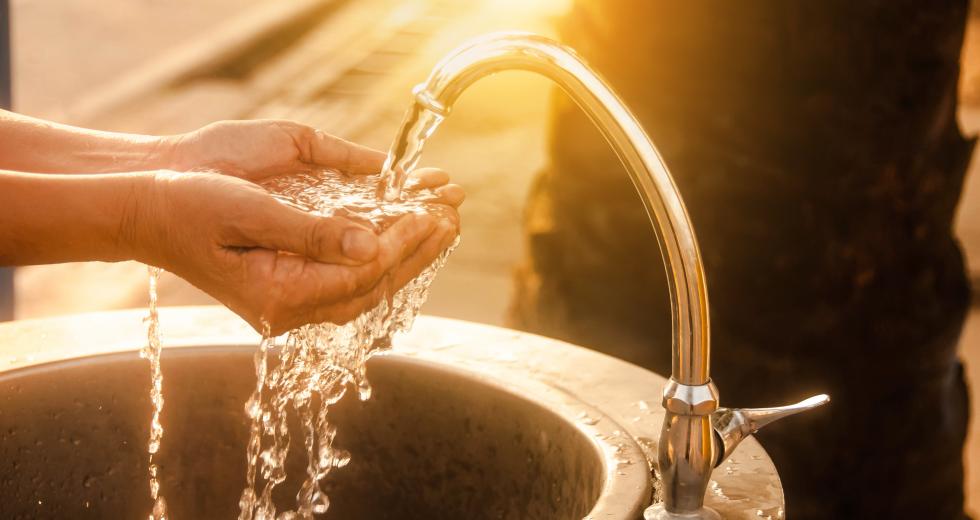Tom Gray is general manager of the Fair Oaks Water District.
(Photo courtesy of Tom Gray)
At Fair Oaks Water District, water supply specialists have been
designated teams that avoid all physical contact with each other.
(Photo courtesy of Tom Gray)
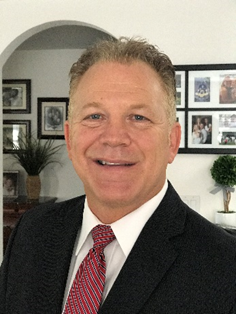
Our customer service team immediately reached out to the
homeowner and learned that the woman, in her 80s and recently
widowed, was confused about finding a plumber to fix the leak
quickly. She was rightfully worried about going without water,
especially during the coronavirus emergency. For most water
providers, including Fair Oaks Water District, normal operating
policies clearly state that our responsibility stops at the
meter. It’s up to customers to fix leaks on their property. But,
as we all know, these are not normal times. The front-line
employees recognized a need, took this situation to the general
manager, and the decision was made to repair the leak on the
customer’s water line at no charge to the customer.
Over the past several weeks, the coronavirus emergency has
provided unexpected opportunities to focus more than ever on
serving people — our employees, customers and communities.
When the COVID-19 emergency first struck, people stockpiled
bottled water as might be expected with a natural disaster. But
coronaviruses pose no threat to water quality since
chlorination, which is used to treat the water served in Fair
Oaks and throughout the state, is known to kill viruses.
The greatest threat to our water supplies is actually that our
employees will become ill and unable to contribute their skills
needed to keep the water flowing. Water providers are taking
special steps to keep their people safe and healthy for the long
haul and are particularly focused on water operations, which
require certified staff with specialized training. At Fair Oaks
Water District, for example, water supply specialists have been
designated teams that avoid all physical contact with each
other.
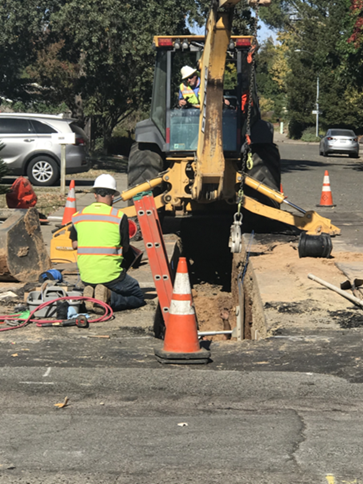
Understanding that this emergency is more than a health crisis —
that it’s also a financial crisis for many people — we suspended
shutting off water service to customers for non-payment on March
19. This decision came even before Gov. Gavin Newsom
mandated this policy and will continue until the governor’s
moratorium on shut-offs ends. This decision was taken with the
knowledge that there will be financial impacts to our operations,
but that we are not operating under normal circumstances.
FOWD is in a unique position for a public utility — we have no
debt, our rates are near the lowest in the region and we have a
reasonable reserve fund — therefore it is the District’s
intention to absorb the revenue lost due to COVID-19.
If the predicted second wave of COVID-19 hits, however, making up
this lost revenue becomes more complicated for the public water
community. Just as COVID-19 is the most severe and disruptive
health crisis in generations, it is also threatening the
financial stability of water suppliers providing an essential
public health service. Water utilities are faced with an
extraordinary combination of increasing costs to meet needs and
falling revenues resulting from declining commercial use and
personal financial strain on ratepayers. According to the
American Water Works Association, nationwide these unprecedented
pressures are projected to cost water utilities in the rage of
$13 billion to $15 billion.
As a public agency, FOWD is committed to ensuring that our
customers pay the lowest possible cost for clean, safe, reliable
water delivered to homes and businesses. The District, in
partnership with other local water providers, are looking at
several options for offsetting any revenue losses. Options
include federal and state assistance, as well as revenue
generated by using the region’s groundwater bank to offer excess
water, when available, to other parts of California that need it.
Without that assistance, water providers will be left with few
good options to ensure they have sufficient funds necessary to
provide their essential service other than directly affecting our
valued customers.
Another thing we decided early in this emergency is to support
our local businesses whenever we can. Once a week, we split costs
with staff working at the office to order a meal from one of the
several restaurants dotted in and around Fair Oaks: The employees
contribute half of the cost, while I pay for the other half.
Doing this seemed like such a small contribution, but I came to
see its significance as one restaurant owner wept in thanks.
In doing our jobs, we understand that those reporting to the
office are potentially putting themselves and families at risk
just like all of the health care workers, grocery store clerks
and others providing essential services right now. On the other
hand, we know that our community needs clean, reliable water for
drinking and washing hands, fighting fires, serving hospitals and
running sewer systems — that we are contributing to something
that is bigger than one person alone. With this in mind, we keep
the water flowing.
Tom Gray is general manager of the Fair Oaks Water District.
He can be reached at tgray@fowd.com.
Recommended For You

Going With the Flows
McGeorge School of Law professor Jennifer Harder on water issues, laws and uses
Professor Jennifer Harder is the co-director of the Water & Environmental Law program at McGeorge School of Law in Sacramento. Comstock’s spoke with Harder about water issues affecting the Capital Region and California.
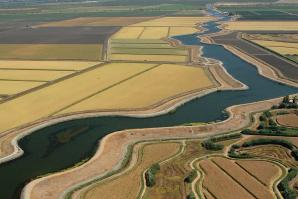
Delta Blues
The battle over water has been fought to a standstill, but there’s hope that science and technology will make voluntary agreements by all sides possible
For decades, the California water debate revolved around one metric: unimpeded flow, which is the amount of water in the river and streams. While flow is still without doubt the key issue, it is no longer the only one.
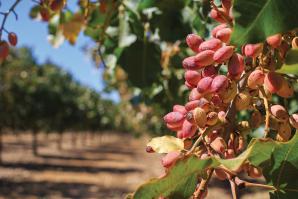
Nut of the Future?
With droughts inevitable, more farmers are switching from almonds to pistachios, but not everyone is happy about it
Almond trees and grapevines will die if deprived of irrigation for a year or less in a dry place like the San Joaquin Valley, but pistachios can survive for years with almost no water. That means, in crisis-level droughts, the trees might persist where virtually all other crops die.
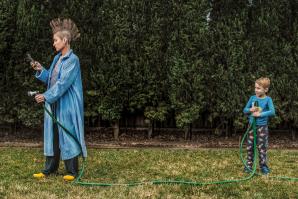
Where the Water Grows
Folsom's strategy for growth, like that of many cities, reroutes conserved water — but residents say that plan caught them off guard
Effective water conservation throughout the City of Folsom made way for the largest expansion of the city in decades. While not all residents agree with Folsom’s strategy, it is being implemented in growing cities around the state as an effective tool to meet housing demand.



